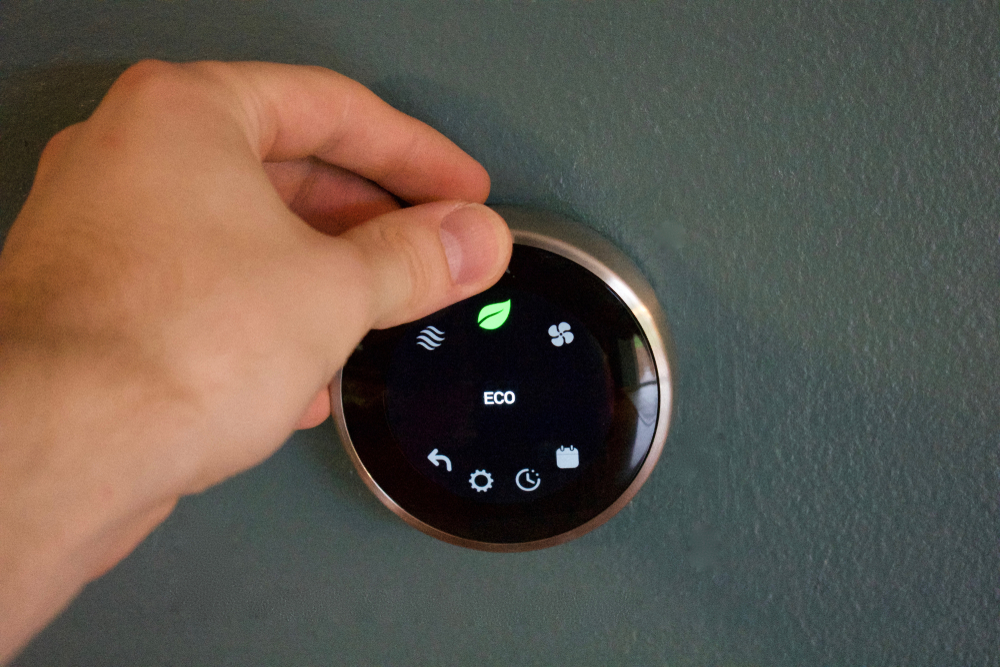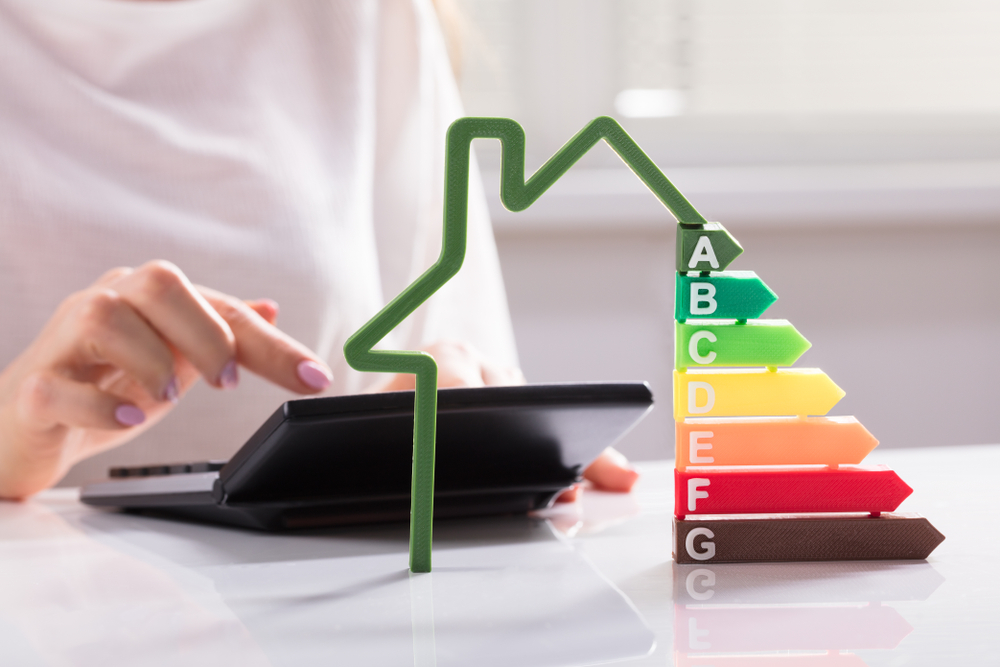What is an ENERGY STAR Home?
Homeowners might have invested in energy-efficient appliances. These models typically bear the ENERGY STAR label. While homeowners might be used to seeing this label affixed to products, a home also can become ENERGY STAR certified.
What is an ENERGY STAR home? While a new home won’t feature the star label on its exterior, the home will be inspected by a professional whose job is to audit the home and certify it for the energy efficiency designation. An ENERGY STAR home includes the following features:
- Thermal Enclosure
- Energy-Efficient Heating and Cooling
- A Build that Protects Against Water Damage
- ENERGY STAR Lighting and Appliances
A Home’s Thermal Enclosure
ENERGY STAR certified homes need to provide maximum insulation. This means that they are audited and analyzed for air sealing and the installation of insulation. Homes also include energy-efficient windows.
Insulation protects the home from energy loss. A poorly insulated home will make the HVAC work harder, driving up energy use and costs, too.
In addition, energy-efficient windows add another layer of protection. Low-quality windows also could be a source of air leaks and energy loss.

Energy-Efficient Heating and Cooling
Heating and cooling accounts for the majority of the home’s energy use. Energy-efficient heating and cooling systems keep the home comfortable using less electricity or gas. These systems also can save homeowners money each month.
ENERGY STAR explains that these systems also can provide better moisture control and can provide better air quality, too.
Protecting Against Water Damage
The design of ENERGY STAR homes helps protect against water damage, which can lead to mold and other problems. Construction of these homes ensures that water drains properly and keeps the moisture from damaging the foundation and other areas of the home.

ENERGY STAR Appliances and Lighting
An ENERGY STAR home features ENERGY STAR appliances and energy-efficient lighting. This means that washing dishes, doing laundry and even turning on a light to read a book won’t drain the budget or waste energy.
ENERGY STAR appliances use less energy and offer the same performance as standard appliances. With energy-efficient appliances and lighting, homeowners can decrease their energy waste and costs each month.
ENERGY STAR Certifications for Old Homes
ENERGY STAR certifications are available for new construction. Homeowners can’t get their older home certified, but they can make changes that help increase the energy efficiency of their home.
As heating and cooling accounts for the majority of the home’s energy use, upgrading HVAC systems to energy-efficient systems could save homeowners money over time. If the system doesn’t yet need to be replaced, homeowners might choose to adjust the thermostat to help reduce energy costs. In winter, set the thermostat to 68 degrees Fahrenheit; during summer, opt for 78 degrees Fahrenheit.
If appliances need to be replaced, homeowners should choose ENERGY STAR appliances. These appliances use less energy to do the same job. Some appliances might qualify for rebates.
Even simple habits like remembering to turn off the lights when leaving a room can help homeowners save energy. If those current bulbs are incandescent, upgrade them to LED. Homeowners can even save some money and energy just by changing out their light bulbs.
Want to make a major energy change? Homeowners with the money to invest in solar panels could reduce their dependence on electricity. Not only is this better for the environment, but it’s also great for a homeowner’s financial bottom line.
Homeowners also could realize that their home is poorly insulated. If snow is melting quickly on parts of the roof, this could be an indication of inadequate attic insulation. This means that the home’s HVAC has to work harder, and homeowners are paying more to heat their home.

Use benefyd to Find Energy-Saving Solutions
Homeowners who want to find all the energy drains in their home can download the benefyd app. With benefyd, homeowners can conduct a home energy audit on their home to find energy drains and help save money.
Homeowners will need to enter their utility use information (have last month’s bills on hand), and the app also will prompt homeowners to take a picture of each room in their home (a home ‘selfie’). Using the photos and the utility data, benefyd will help owners understand areas of energy waste and how they can improve the energy efficiency of their homes.
benefyd also lets homeowners find applicable rebates in their area. For those who recently purchased new appliances, there could be applicable rebates to help offset the purchase price.
Homeowners building a new home can research the process for ENERGY STAR certification. However, those who are living in an older home can take simple steps to reduce their energy waste and make their home more energy efficient.


